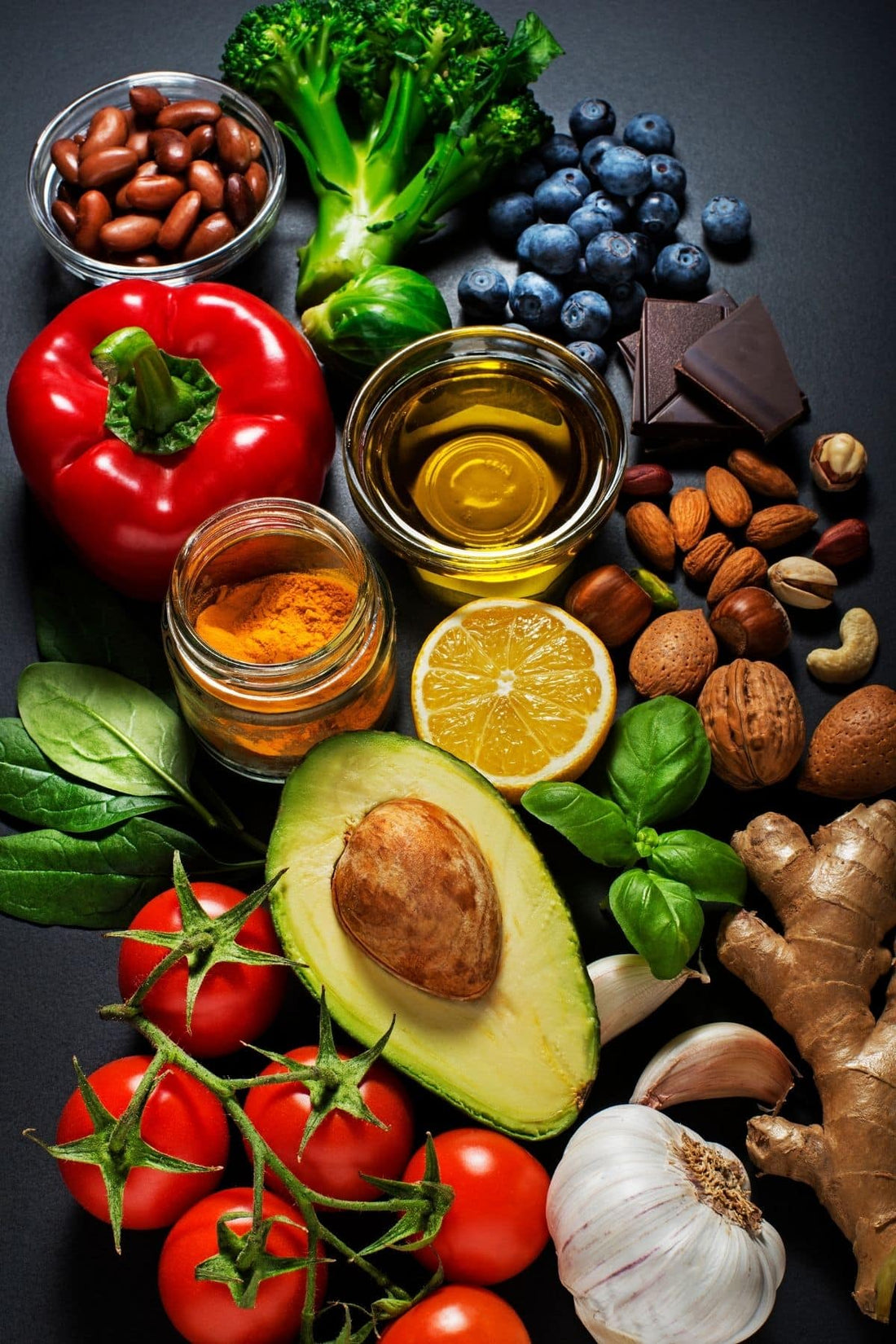As gluten and dairy intolerance are becoming more common, many people are looking for ways to modify their diet to avoid these ingredients. Living with a gluten and dairy-free diet can be challenging, but with a little preparation, it is possible to enjoy a healthy and satisfying meal. Here are some tips to help you eat gluten and dairy-free:
1. Learn why you want to go gluten-free and dairy-free
The first step to eliminating gluten and dairy is to educate yourself on their effects and where they’re most commonly found.
Once you’re aware of where gluten and dairy may be hiding in food, you can make more informed choices at the store and at the restaurant.
It’s important to know why you are starting this diet so that you can stick to it over time.
2. Plan ahead and stock your kitchen with whole foods
Once you’ve made up your mind to get rid of gluten and dairy, you need to make sure you don’t feel deprived. The best way to ensure that your diet is gluten and dairy-free is to eat whole foods. Fruits, vegetables, meats, and grains like quinoa, rice, and buckwheat are all naturally gluten and dairy-free.
Planning your meals in advance can help you avoid the temptation to eat foods that contain gluten and dairy. Make a shopping list before you go to the grocery store and stick to it. You can also prep some meals in advance to save time during the week.
You may also wish to get rid of the foods in your kitchen that contain gluten and dairy.
3. Read labels
If you choose to purchase processed foods, be very mindful of ingredient labels and contamination warnings. Often, even if a product is gluten or dairy free, it may have been processed on the same equipment as gluten or dairy containing products.
When shopping for food, make sure to read the labels carefully. Many packaged foods contain gluten and dairy, so it’s important to check the ingredients list before buying anything.
4. Experiment with gluten and dairy-free alternatives:
There are many alternatives to gluten and dairy products available on the market. Experiment with different types of flours, such as almond, coconut, and rice flour, to make gluten-free baked goods. There are also many dairy-free milk alternatives, such as almond milk, coconut milk, and soy milk.
Make sure you know your alternatives for gluten and dairy so you don’t feel deprived or hungry.
It’s relatively easy now to find conforming recipes and substitutes for gluten and dairy. Here are some common swaps to get you started:
Replacements for wheat flour:
- Almond flour
- Rice flour
- Coconut flour
- Oat flour (be sure they are certified gluten-free oats)
- Cassava flour
- Sweet potato flour
- Gluten-free all-purpose flour
- Quinoa flour
Replacements for milk:
- Nut milk (Almond milk/cashew milk/hemp milk)
- Oat milk (using gluten-free oats)
- Coconut milk
- Soy milk
Eating gluten and dairy-free does not have to be boring. Get creative with your meals and try new recipes. You can also use spices and herbs to add flavor to your meals.
5. Keep a symptom journal
In order to confirm that a gluten-free and dairy-free elimination diet is working for you, it’s important to monitor your symptoms.
Keep a food and symptom journal so you can start to notice whether or not you are feeling better on a gluten-free and dairy-free diet.
It might take up to several weeks for you to see a difference. Be sure to take note of symptoms such as pain levels, sleep quality, skin issues, joint pain, weight management, and overall energy.
If you don’t see improvements in a few weeks, then you may need to cut out different foods or try a different type of elimination diet.
6. Don’t be afraid to ask for help
If you’re eating out, don’t be afraid to ask the waiter or chef about gluten and dairy-free options. Many restaurants now offer gluten and dairy-free menus or can modify dishes to accommodate your dietary needs.
Better yet, if you know you are going out to eat, do your research ahead of time.
Search online for “gluten-free dairy-free restaurants” in your area and review the menus online so you know what you can order ahead of time. It’s always a good idea to be informed before you order.
The same goes if you are attending a party or family gathering. Make sure your host knows about your needs and offer to bring a dish that you know you can enjoy.
Conclusion
Eating a gluten and dairy-free diet requires some planning and creativity, but it is possible to enjoy delicious and satisfying meals. By following these tips, you can maintain a healthy and varied diet while avoiding gluten and dairy.
I hope you found this article helpful. It is meant to be a helpful guide to getting started with a gluten-free and dairy-free diet. For specific meal plans, please check out our gluten-free and dairy-free meals which are 100% gluten-free and dairy-free using real food ingredients.
Note: this post is for informational purposes only and is not intended as medical advice. Please consult your healthcare provider for recommendations related to your individual situation.

